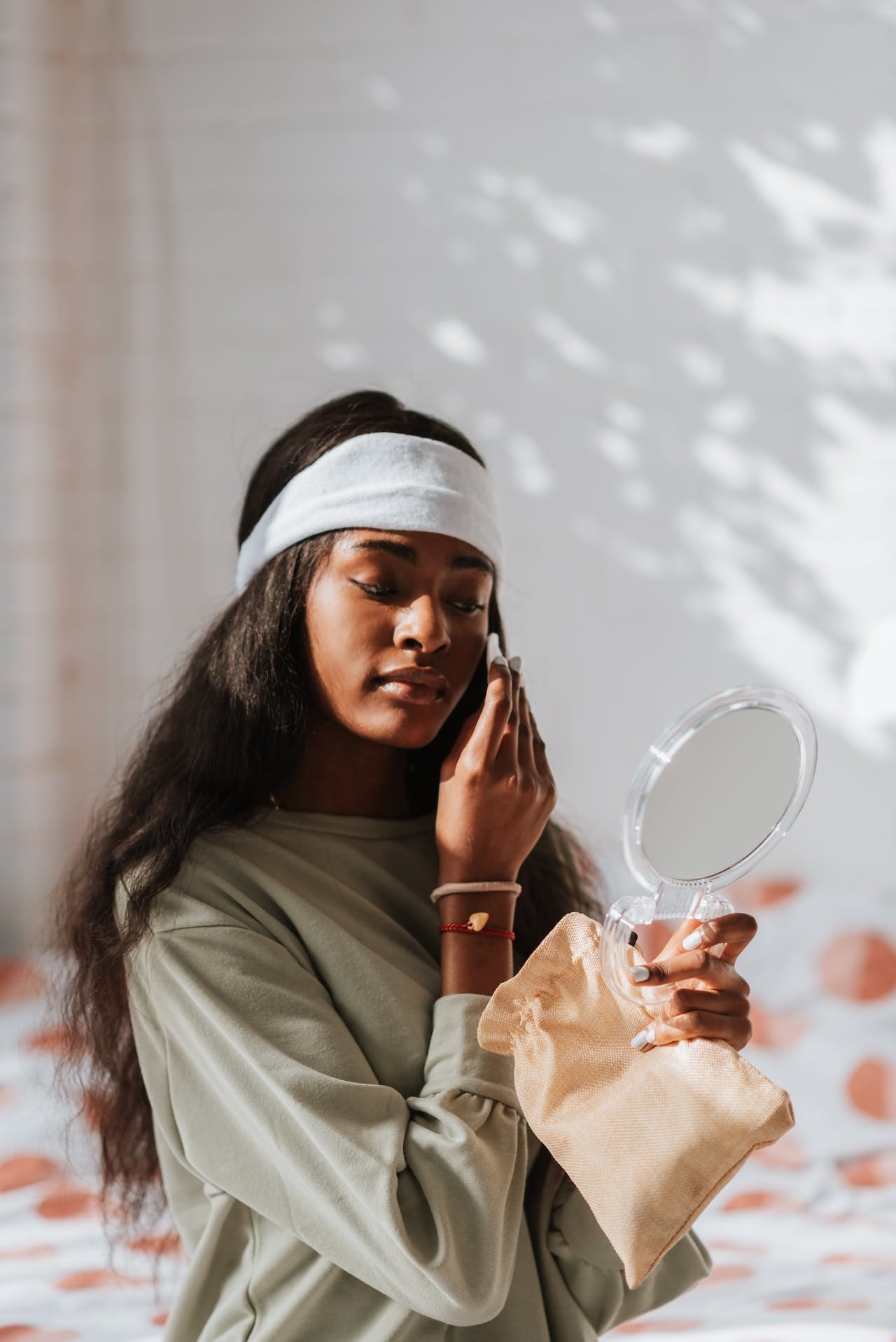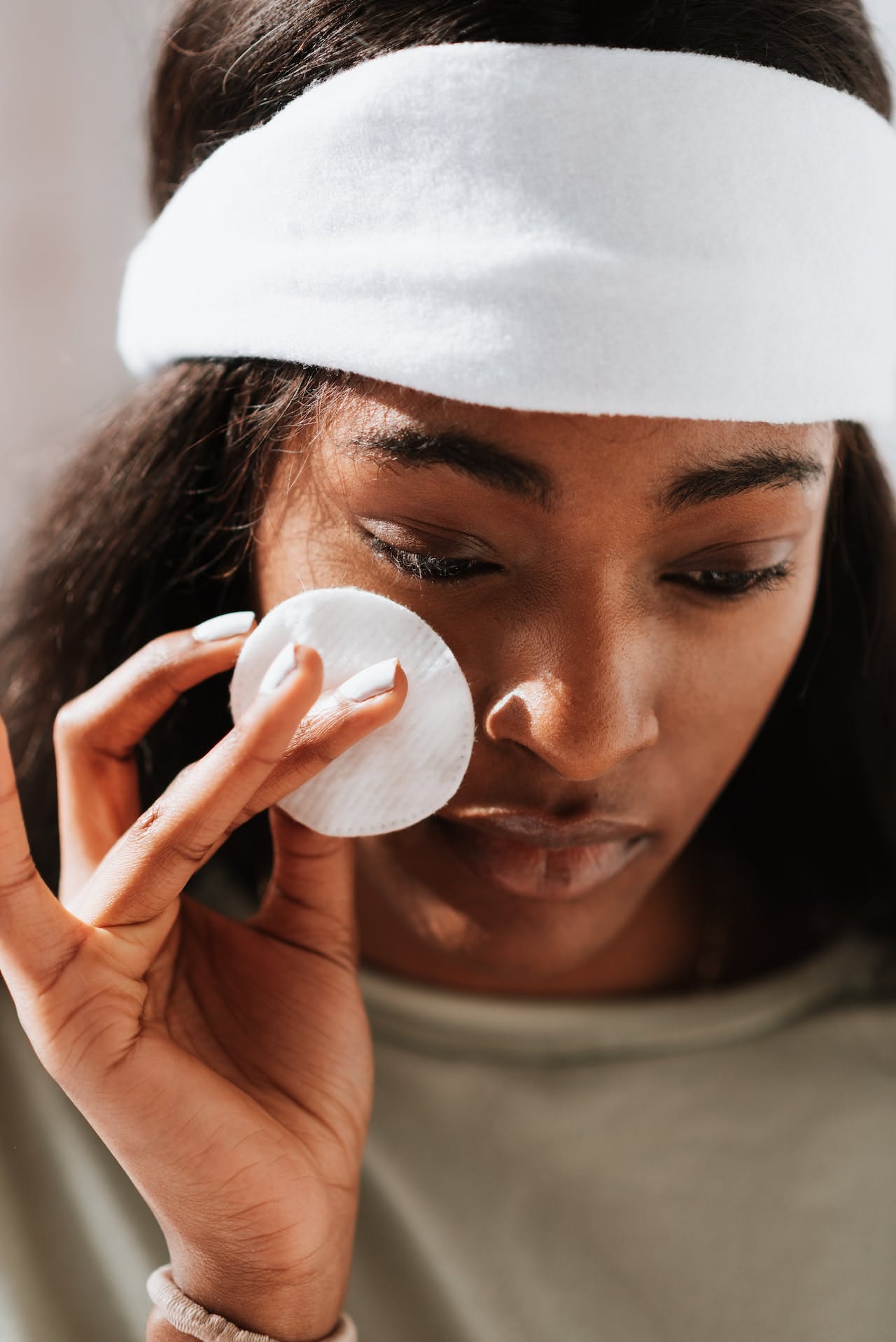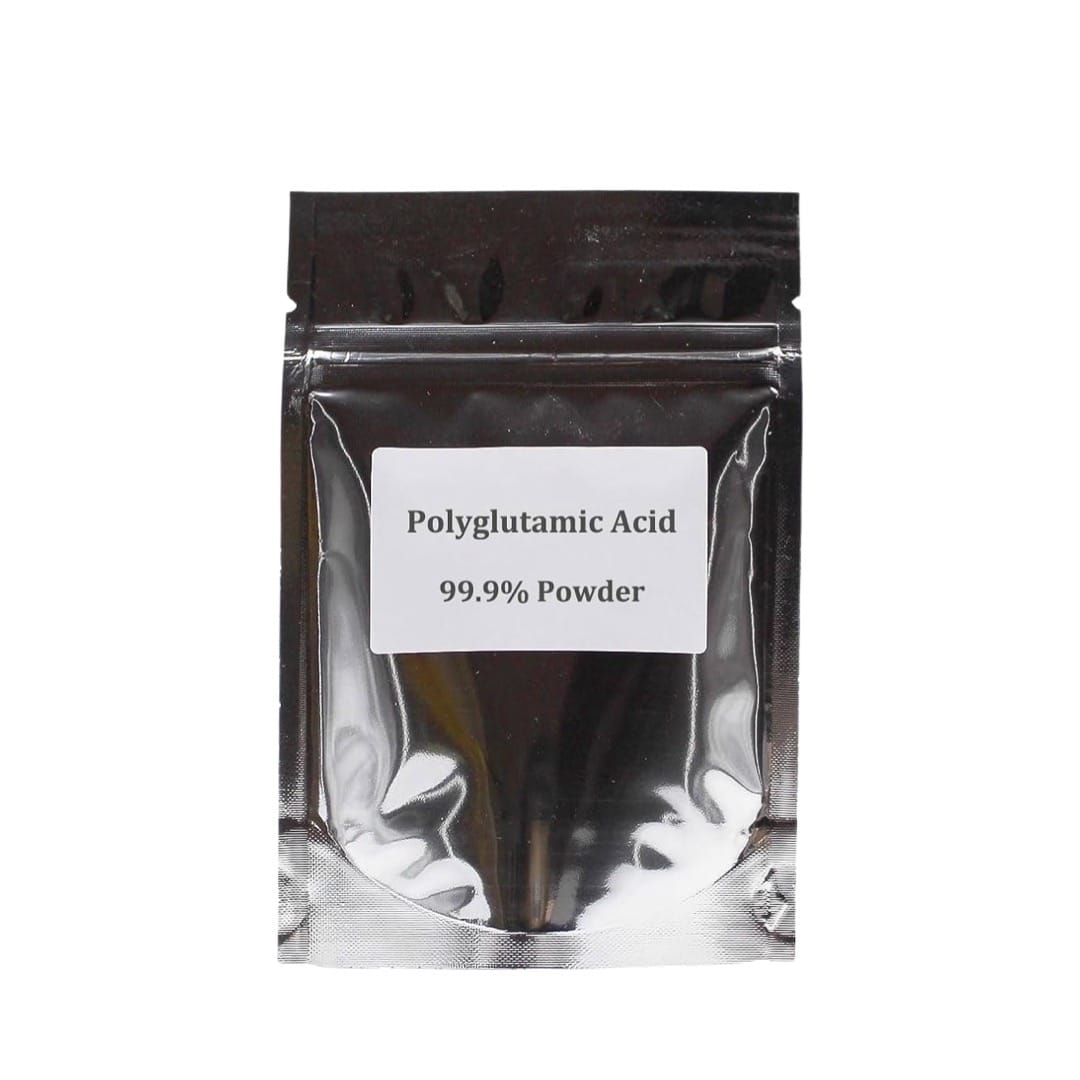Today, achieving a glossy, glass-like complexion is all the rage. But what's the secret to attaining such dewy skin? The key lies in providing ample hydration. While collagen or hyaluronic acid are great options, there's a newer, more potent player in town: polyglutamic acid. Haven't heard of it yet? Don't worry! Polyglutamic acid is still gaining traction in the skincare world. Stick around to learn more about this novel ingredient, including insights on polyglutamic acid products and comparing polyglutamic acid vs hyaluronic acid.
What is Polyglutamic Acid?
Polyglutamic acid (PGA) is a water-soluble peptide that comes from Bacillus bacteria, and it's really making a splash in the beauty world as a humectant. What's impressive about it is how it hydrates the skin. It basically grabs water from the air and pulls it into the skin, giving a plump, wrinkle-free look.
Moreover, PGA is rich in essential vitamins and enzymes, contributing to skin health by promoting lipid production and cell renewal. According to research from Meiji Seika, PGA also acts as an anti-aging agent, offering a natural alternative to collagen or hyaluronic acid. And as a bonus, it's also a bit of a germ buster, keeping bacteria like Staphylococcus and E. coli in check.

Polyglutamic Acid vs. Hyaluronic acid
Origin
- Polyglutamic Acid (PGA):
- Synthesized in laboratories using specific bacteria.
- Also found naturally in fermented soybeans.
- Hyaluronic Acid (HA):
- Naturally produced by human skin.
- The production of HA decreases with age.
- For skincare, it is made through biofermentation.
Structure
- Polyglutamic Acid (PGA):
- Composed of large molecules.
- Sits on top of the skin and forms a protective film.
- Prevents moisture loss by reducing evaporation.
- Hyaluronic Acid (HA):
- Contains smaller molecules.
- Penetrates deeper into the skin.
- Doesn't form a barrier to lock in moisture.
Efficiency
- Polyglutamic Acid (PGA):
- As noted by Ben-Zur and Goldman, it has a more hydrating effect than HA and can hold up to 5,000 times its weight in water.
- Hyaluronic Acid (HA):
- Holds up to 1,000 times its weight in water.
How to Use Polyglutamic Acid Products?
Begin with a gentle cleanser to ensure a clean base. Follow this with a toner. The effectiveness of polyglutamic acid is influenced by the skin's pH levels, and toning helps achieve a slightly acidic environment. After toning, apply a polyglutamic acid product like a serum, allowing it to absorb fully into your skin for a few minutes. Then, layer your favorite moisturizer on top.
If you have dry skin, pairing hyaluronic acid with polyglutamic acid can offer longer-lasting hydration. Apply HA right after toning, and once it's absorbed, follow with PGA to form a protective barrier on your skin. Conclude your routine with a nourishing moisturizer.
Side Effects of Polyglutamic Acid
Up to now, PGA has shown no significant side effects. It's non-toxic to humans and environmentally friendly since it's biodegradable. PGA is a critical ingredient in many cosmetic products. It is known for its intense hydration properties and is generally suitable for all skin types. But remember, like any skincare product, it's the mix of ingredients that counts. Sometimes, other ingredients in the formula might not agree with your skin. Do a patch test before regularly using it.

Is Polyglutamic Acid Good for Acne?
PGA is great for acne-prone skin. It keeps the skin hydrated, vital for controlling oiliness that can lead to acne. Plus, it forms a protective layer, defending against factors that might trigger breakouts.
Don't worry about clogging your pores, either – it's non-comedogenic. And it's typically gentle, so even sensitive skin types can use it. Remember, while it's excellent, it's not a one-stop solution for acne. It's always best used as part of a wider skincare routine, and if you've serious acne concerns, consult a dermatologist.
Best Polyglutamic Acid Products
As of now, it's surprising that the market offers only a few polyglutamic acid products. I've looked at what's out there, and honestly, many of them don't quite hit the mark. Here's the deal: the ingredient we're all curious about – polyglutamic acid – isn't the leading player in these formulas. Often, it's somewhere in the middle or even at the end of the list, meaning there's a lot of other stuff and not much PGA. Also, many of these products come with unnecessary additives that could block your pores or dry out your skin. We might need to wait longer for an ideal polyglutamic acid product to hit the shelves. Until then, check out this one:
This powder can be a bit different from using pre-formulated skincare products. But believe me, it is very effective. Here are some general steps to follow:
- Patch Test: Start with a patch test to ensure no adverse reactions.
- Cleansing: Wash your face with your regular cleanser.
- Dissolving the Powder: Follow the instructions provided with the product for the correct water-to-powder ratio. Mix until it's fully dissolved.
- Application: Gently apply it to your face, avoiding the eye area.
- Absorption: Give your skin a few minutes to absorb the PGA solution fully.
- Continuing Skincare: Proceed with your usual skincare routine.
- Frequency: Use once daily or a few times a week.
Keep in mind that PGA powder is pretty strong, so make sure to stick to the directions that come with your product. If you have specific skin issues, consult a dermatologist before using it.
Wrap It Up
Recent research suggests that polyglutamic acid is a highly versatile and safe ingredient for all skin types, doing an excellent job in skincare. However, it's not necessarily "the best" out there. Compared to hyaluronic acid, PGA can hold more moisture and typically stays on the skin's surface, giving that glossy look, while HA penetrates deeper. They have different strengths and don't directly compete. The good news is that you can use both together to get the best of both worlds in hydration and skincare!


